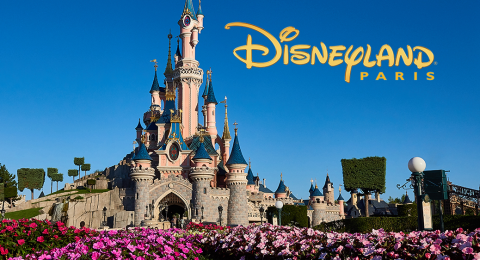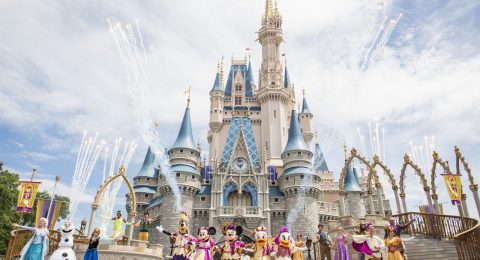The global amusement park sector has grown rapidly over the years with a diverse range of settings, amidst major leisure facility use varying between theme, amusement, and water parks, alongside zoos, aquariums, museums, art galleries, themed retail places, and so forth. This comes with attendance at major chains surpassing half a billion visits for the first time in history last year, according to the 2018 AECOM and TEA Theme Index and Museum Index.
Against this backdrop, Invest-Gate showcases some successful models in the global amusement park industry, while analyzing the profit potential of this amusement attractions business.
Capital-Intensive Business
People often equate amusement thrills with fun, but these spots indeed redeem many more benefits; not only to visitors but also to landlords, developers, and the local economy alike. More broadly, amusement attractions are seen as key drivers to domestic activity and tourism development.

As a proof, Disneyland Paris has had a positive imprint on the French economy since its inception 25 years ago, during which it created EUR 68 bn in added-value, representing 6.2% of the country’s tourism income. Likewise, it is “the number one single-site employer in France and generates 56,000 direct, indirect, and induced jobs annually,” the company stated in a press release in February 2017.

That is also the deal for other acclaimed thrills like Florida’s Walt Disney World. With the ample manpower, creativity, machinery, and technology involved in keeping it humming and innovating, the model shined as the world’s most-visited vacation resort in 2018, hosting over 20 mn local and foreign guests during that year only, according to the AECOM/TEA study.
“Eventually, the local economy is the beneficiary of all financial and non-financial returns generated through theme parks business,” Manu Singh, head of Strategic Partnerships and Commercial Projects at DXB Entertainments, who was supposedly planning the canceled Six Flags Dubai, affirms.
“Amusement parks offer a long operating season … There are many economic development benefits such as job creation, incremental taxes, and land appreciation that are important to the local government,” President of Six Flags International Development Company David McKillips explains.
That fervor for amusement destinations owes to the fact that developers of these spaces are not only ensuring add-on loyal visitors and registering higher profit margins each year, but they have also been aligned uniquely to complement the country’s tourism scene. In fact, they were substantially tuned up to promote and praise the country’s image far and wide by providing well-suited tourist attractions.
“The return on investment (ROI) from amusement attractions definitely sustain for years, with an impressive [compound annual growth rate (CAGR)] year-over-year,” Singh highlights.
“We run parks over 50 years old now in North America, which are still very profitable and growing to this day,” McKillips accentuates.
But none of that comes cheap for it costs whopping money to play in the industry. Experts, including Pieter Cornelis, a lecturer in Theme Park Concepting and Economics at Fontys Academy for Creative Industries in the Netherlands, agree that an amusement destination is a capital-intensive business, with high fixed and sunk costs.
A successful park spends millions a year to expand the site further, while featuring new attractions and in-park entertainment options such as live shows, concerts, festivals, cruises, among others.
“It takes well-managed parks a high gestation period to generate profits and become cash cows over some time,” Singh adds.
“There is an opportunity to own the market without the concern of any major competitors once the initial capital is made,” McKillips sees.
The trick is finding the right mix of dynamics that make the amusement park more attractive and profitable at the same time. In other words, if a destination efficiently extends its operating agenda, expanding from stand-alone parks into full-service resorts, which elicits higher guest spending and tunes up the transition into far more profitable places, can be much easier.
To know more about amusement attractions and ways of managing a prosperous business, read pages 34-37 at Invest-Gate’s October issue.